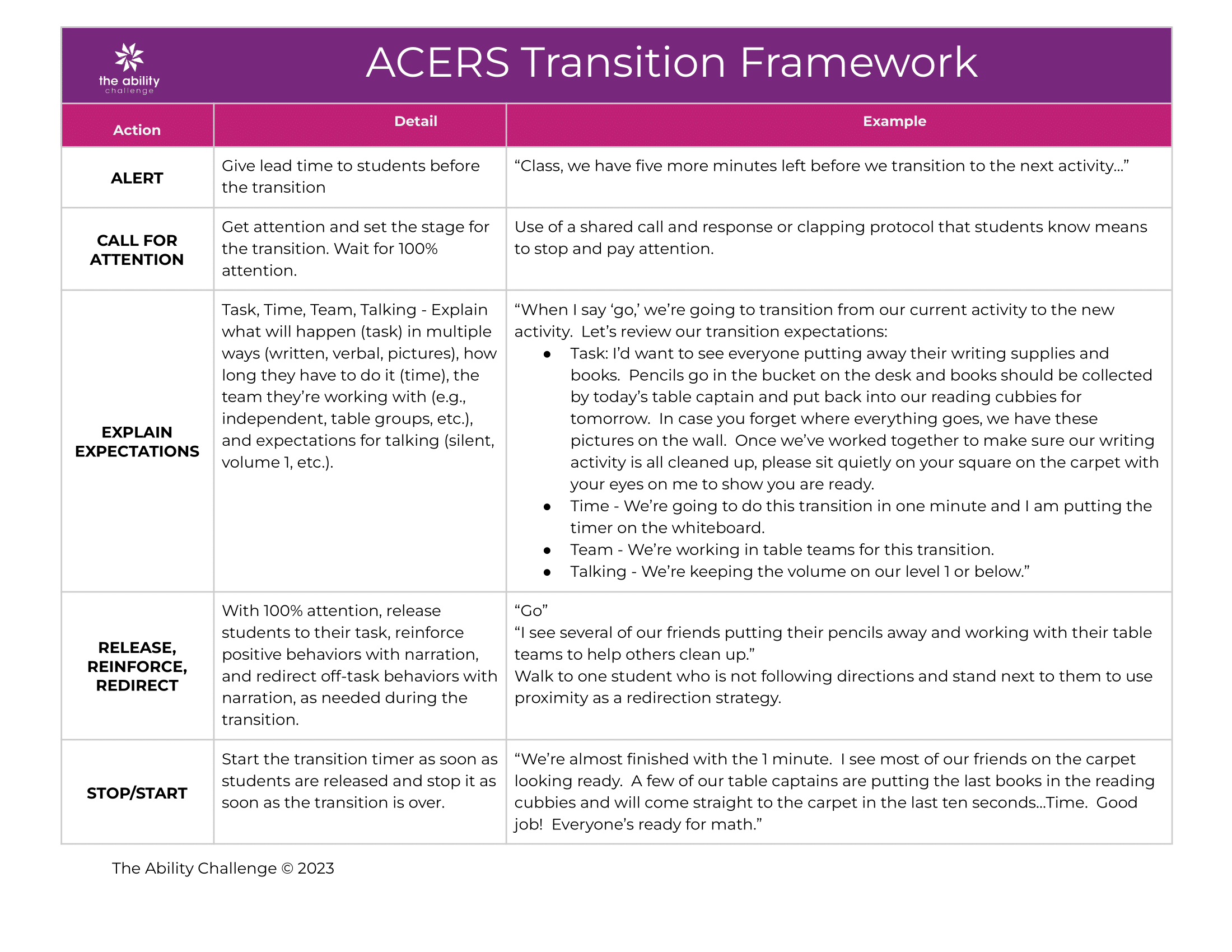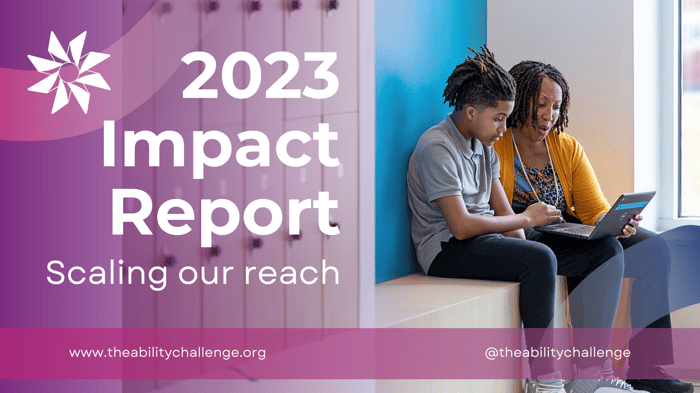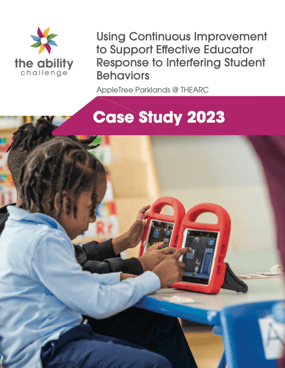Transforming Behavior with Simple Shifts: The ACERS Framework for Classroom Transitions
Administrators • 4 min read • Sep 15, 2023 3:54:20 PM • Written by: Sarah Sandelius

Are you looking for a way to improve classroom management, reduce disruptive behavior, and enhance student engagement, especially for diverse learners? We've got a solution for you! In this blog, we'll explore how a small shift in your teaching approach can lead to significant improvements in your classroom.
Last month, we shared two case studies highlighting our work with DC school partners to improve outcomes for students with disabilities. Through our collaboration, we discovered that with a focus on classroom transitions, teachers can reduce classroom incidents and increase student engagement simultaneously. We developed the ACERS Framework to simplify the approach. Below we delve into the ACERS framework to share how this approach can benefit your students and why it's crucial to start implementing it early in the school year.
Why Focus on Transitions?
Classroom transitions occur multiple times a day and can pose challenges, especially for diverse learners who may struggle with executive functioning, focus, and verbal processing. However, with the right support, teachers can make minor adjustments that greatly improve student readiness for learning. By prioritizing transition moments, you can proactively address classroom management issues and prevent disruptive behaviors down the line.
The ACERS Framework: A Path to Success
Successful transitions are built on five core elements encapsulated in the ACERS framework. Using this mnemonic device, teachers can develop muscle memory for these practices, making them second nature over time. Let's break down each component:
A - ALERT
Give students advance notice before a transition occurs. Whether through a bell, a song, or a verbal warning, providing a consistent signal helps students mentally prepare for the upcoming change. This is especially beneficial when moving from preferred activities to less-preferred ones.
C - CALL FOR ATTENTION
When it's time to transition, ensure that all students are focused on you. Establish consistency in this process—use methods like chimes, call and response, or hand signals to show that students should stop their current activities and pay attention to the teacher. Teach these methods at the beginning of the year and revisit them if necessary to maintain engagement.
E - EXPLAIN EXPECTATIONS
Clarify expectations for the transition using the "4 Ts" approach: Task, Time, Team, and Talking. Describe the upcoming task, what's expected of each student, and provide examples. Specify the time allocated and how students will know when it's running out. Define team dynamics and set guidelines for appropriate volume levels. Use various modalities such as visuals, written instructions, and verbal explanations to accommodate diverse learners.
R - RELEASE, REINFORCE, REDIRECT
During transitions, educators simultaneously release students and provide positive reinforcement or redirection as needed. This can be done verbally for the entire class, through proximity cues, or other communication methods. However, be cautious about singling out students, as it may affect their peers differently. Balancing reinforcement and redirection can be challenging but is essential for maintaining a positive learning environment.
S - START/STOP
Ensure a clear beginning and end to the transition to streamline readiness. Avoid situations where students linger or engage in off-task behaviors due to confusion. Consistency and clarity are key in signaling the start and stop of each task.
 Implementing the ACERS Framework
Implementing the ACERS Framework
Now that you're familiar with the ACERS framework share it with your teachers or incorporate it into staff development sessions to initiate discussions about its potential impact on diverse learners. While it may seem like a minor adjustment, increasing students' time on task can have a substantial influence on learning outcomes for all students.
Small shifts in classroom management practices can yield significant improvements in student behavior and engagement, which benefits diverse learners and all students. Prioritize these transition moments to start the school year off strong, and watch as your classroom transforms into a more productive and harmonious space for everyone.

Ready to Make an Impact For Your Most Diverse Learners?
Sarah Sandelius
Our Latest
Related Articles

June 9, 2023 | Culture of Inclusion
The Underrated Strategy of Pre-Teaching – And Why Offering Teachers Training At the End of the Year Makes Sense
Discover the effective pre-teaching strategy for diverse students based on IEP training for teachers...

October 16, 2023 | Administrators
Inclusive Education Starts Here: A Checklist for Transformative Present Levels of Performance in IEPs
In this blog, we deep dive into the essential elements of high-quality Present Levels of Performance...

January 31, 2024 | Our Work
2023 Impact Report: Scaling our Reach
Explore The Ability Challenge's 2023 wins—enhanced training, coaching, and professional development ...


